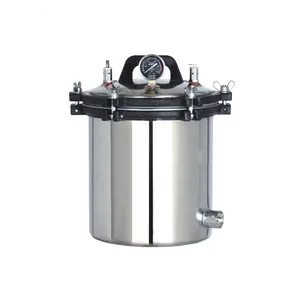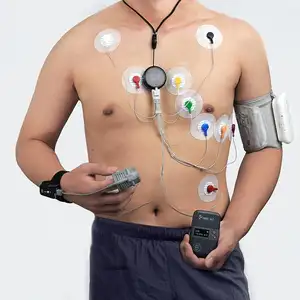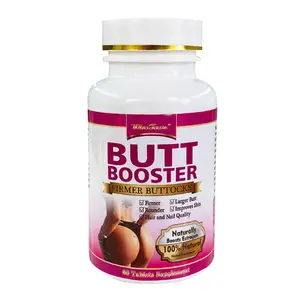Popular in your industry







































































Related Searches:




































































































































Top categories
About catheter fixation plaster
Catheter Fixation Plaster: An Overview
Catheter fixation plasters are essential medical supplies designed to secure catheters in place, ensuring patient comfort and safety. These specialized plasters are crafted to adhere well to the skin while allowing for easy removal when necessary. Their role in medical procedures is critical, as they prevent the movement of the catheter, reducing the risk of infection and irritation.
Types and Applications
The variety of catheter fixation plasters caters to different medical needs. Some are designed for short-term use during surgeries, while others are for long-term catheterization in patients with chronic conditions. The selection includes options for peripheral or central venous catheters, each with specific features to suit the catheter type. These plasters are utilized across various medical settings, from hospitals to home care, demonstrating their versatility in patient care.
Features and Materials
The construction of cannula fixation plasters involves hypoallergenic materials to minimize skin reactions. They often have a breathable design to promote air circulation, aiding in healing and comfort. The adhesive used is typically gentle yet secure, providing reliable fixation without causing damage to the skin upon removal. Some plasters also include an antimicrobial layer to further reduce the risk of infection.
Advantages of Proper Fixation
Effective catheter fixation is crucial for patient outcomes. It minimizes catheter movement, which can lead to complications such as phlebitis or infiltration. By ensuring the catheter remains in the correct position, these plasters play a role in maintaining the integrity of the infusion site and prolonging the usability of the catheter.
Choosing the Right Plaster
Selecting the appropriate catheter fixation device involves considering the catheter type, patient skin type, and the anticipated duration of use. It is important to assess the plaster's material compatibility with the patient's skin and the environmental conditions it will be exposed to. With a range of options available, healthcare providers can find the suitable plaster to meet their specific requirements.
Conclusion
In conclusion, catheter fixation plasters are a pivotal component in the management of intravenous therapies. Their role extends beyond mere fixation; they contribute to patient comfort, reduce the risk of complications, and support the overall success of catheterization procedures. For healthcare professionals, understanding the various types and their applications is key to optimizing patient care.





























